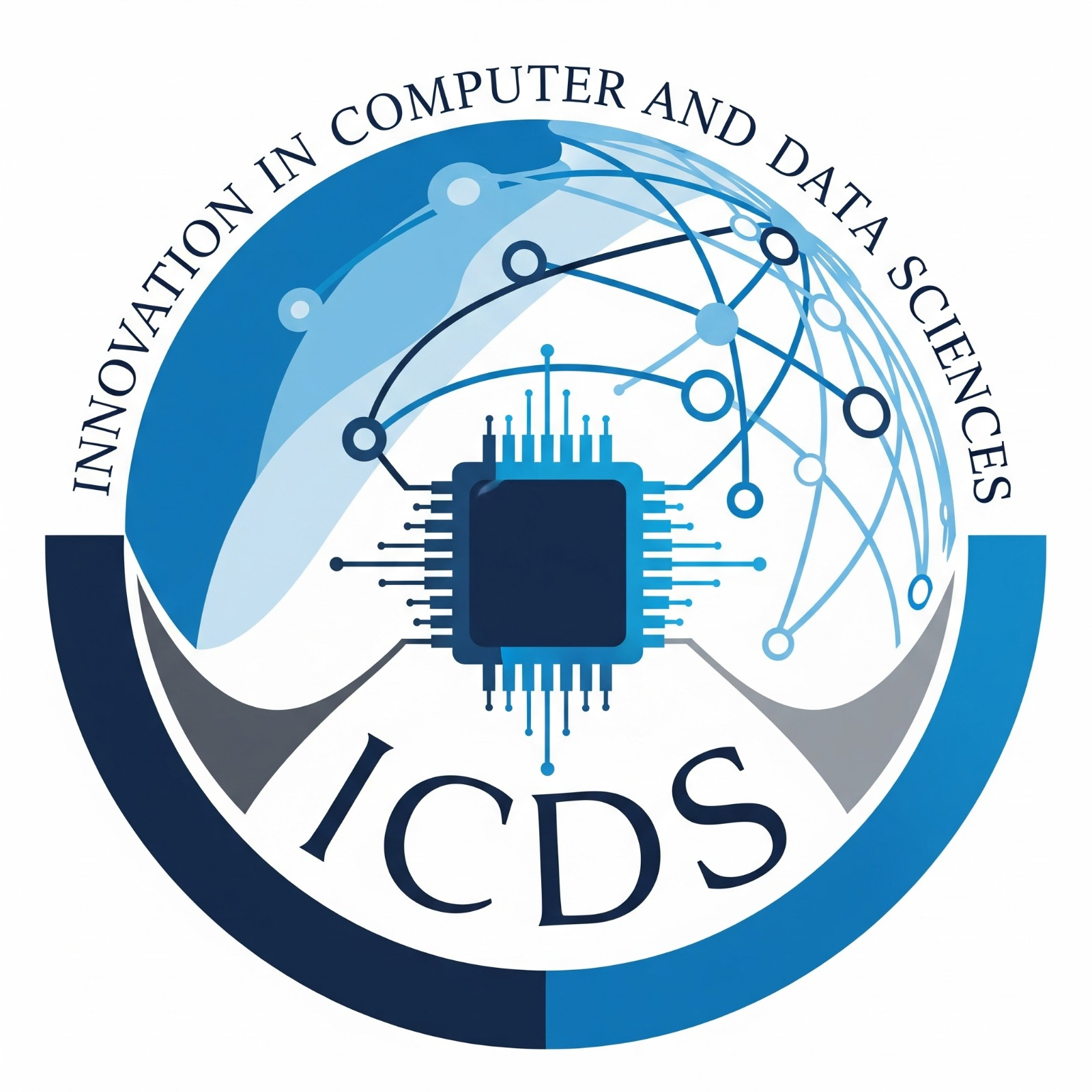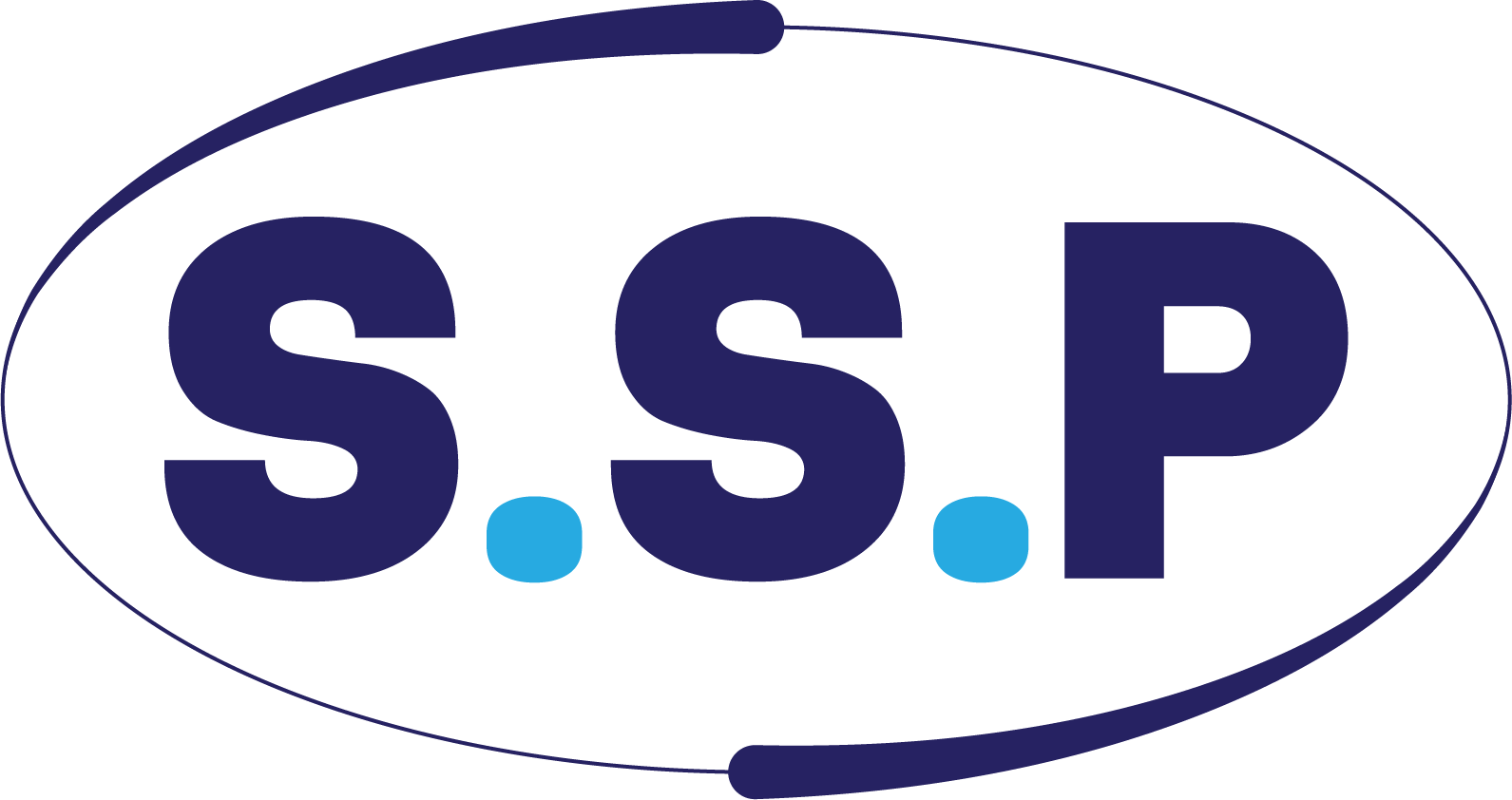Author Guidelines
Submitted manuscripts are reviewed by external experts or members of the editorial board of Innovation in Computer and Data Sciences. The journal operates a double-blind peer review process, ensuring that both authors’ and reviewers’ identities remain confidential throughout the evaluation.
Submission Checklist
Before submitting your manuscript, please ensure the following:
- Review the Aims & Scope section to confirm your manuscript aligns with the journal’s focus.
- Prepare the manuscript using the official LaTeX template
- Comply with ethical guidelines for publication and research, and ensure proper handling of figures, data presentation, authorship, copyright, and APA reference formatting.
- Verify that all authors have approved the final version and have read the Instructions for Authors.
Types of Publications
Innovation in Computer and Data Sciences accepts original and thorough submissions of any length, provided they are scientifically sound and reproducible. Authors are encouraged to include complete experimental details, controls, and datasets.
Article: Original research with significant contributions. Suggested structure: Abstract, Keywords, Introduction, Materials and Methods, Results, Discussion, and optionally, Conclusions.
Review: Comprehensive and critical evaluation of existing literature, identifying gaps and offering future directions. These should not present new data and typically include Abstract, Keywords, Introduction, Thematic Sections, Discussion, and Conclusions.
Accepted File Formats
Authors are strongly encouraged to use the LaTeX template to reduce publication time. The total submission size should not exceed 120 MB. For issues, contact the Editorial Office at icds@sphinxpress.org.
LaTeX: Submit a zipped file including all source files and images via the "Supplementary Files" section under the appropriate file type.
Manuscript Main File: Attach a Word document including the title, full author information, and keywords.
Supplementary Materials: Any common format is acceptable; non-proprietary formats are preferred.
Note: Templates are intended strictly for journal submissions and should not be used for preprint or external platforms.
Cover Letter Requirements
All submissions must include a concise cover letter highlighting the manuscript's significance and relevance to the journal’s scope. Suggestions or exclusions of reviewers should be submitted through the system, not in the cover letter.
Please confirm the following in the cover letter:
- The manuscript has not been submitted or published elsewhere.
- All authors have approved the submission to Innovation in Computer and Data Sciences.
Author Identification
Authors must provide: Full name and Educational background (institution, degree).
Upon acceptance, authors’ ORCID profiles will be linked to the published article.
Manuscript Guidelines Summary
Affiliations: Include current and primary institutional affiliations. Independent researchers should state so. Ensure accurate details, as post-publication updates are limited.
Structure:
Research Articles: Title, Authors, Affiliations, Abstract, Keywords, Introduction, Methods, Results, Discussion, and optional Conclusion.
Reviews: Structured analyses following PRISMA standards, with clear organization and referencing.
Disclose all data, materials, and protocols used, including any access restrictions.
Abstract and Keywords
Abstract (≤200 words): One paragraph summarizing background, methods, results, and conclusions.
Keywords (4–8): Precise terms relevant to the manuscript’s content.
Transparency and Ethics
Indicate preregistration when applicable.
Submit supplementary materials (e.g., figures, videos, spreadsheets) with clear labels (e.g., “Figure S1: Caption”).
Author Contributions
List each author’s role using the CRediT taxonomy (e.g., "Conceptualization, A.A.; Methodology, B.B.; Writing – Original Draft, C.C.").
Funding and Support
Authors are required to disclose any funding sources or supporting organizations for the research presented in the manuscript. This information should be included in a dedicated section at the end of the paper.



